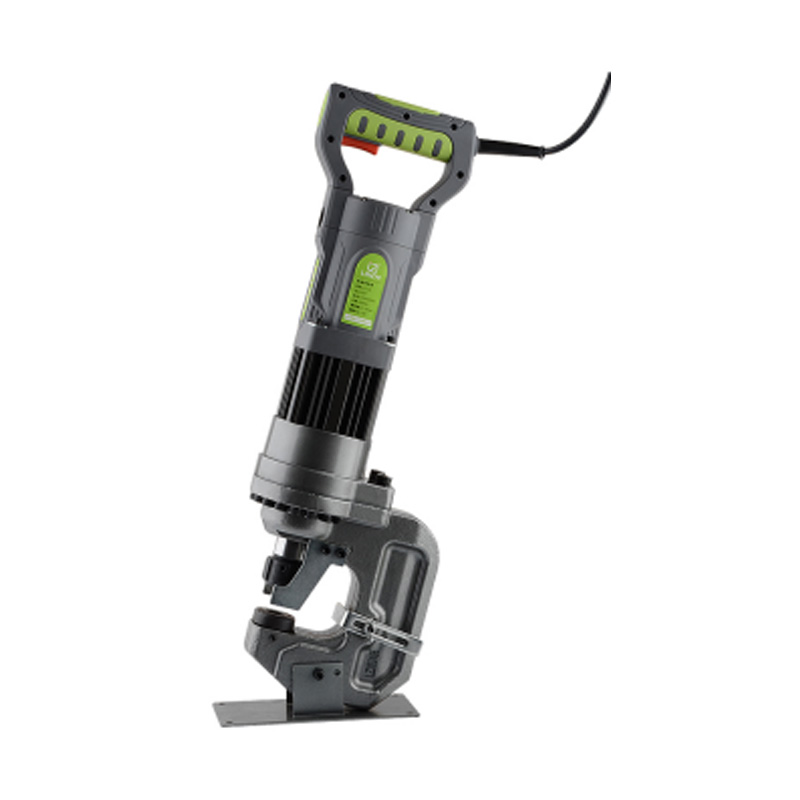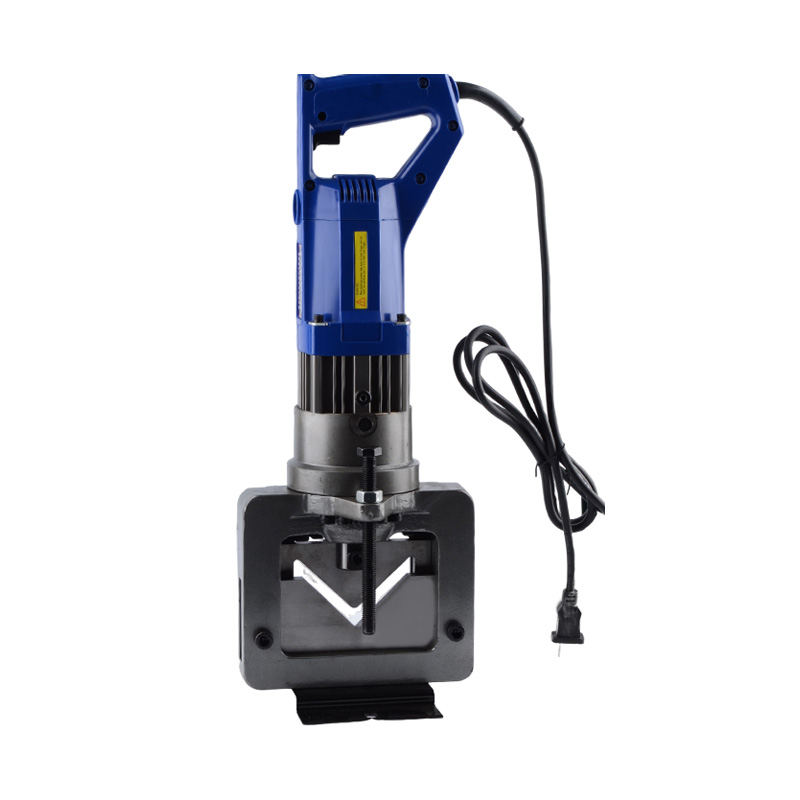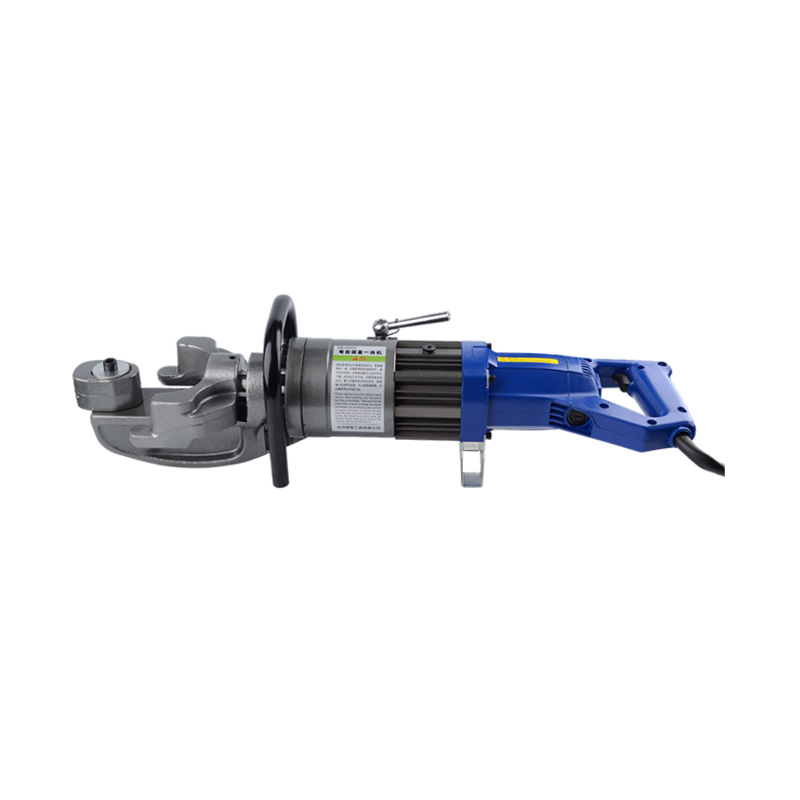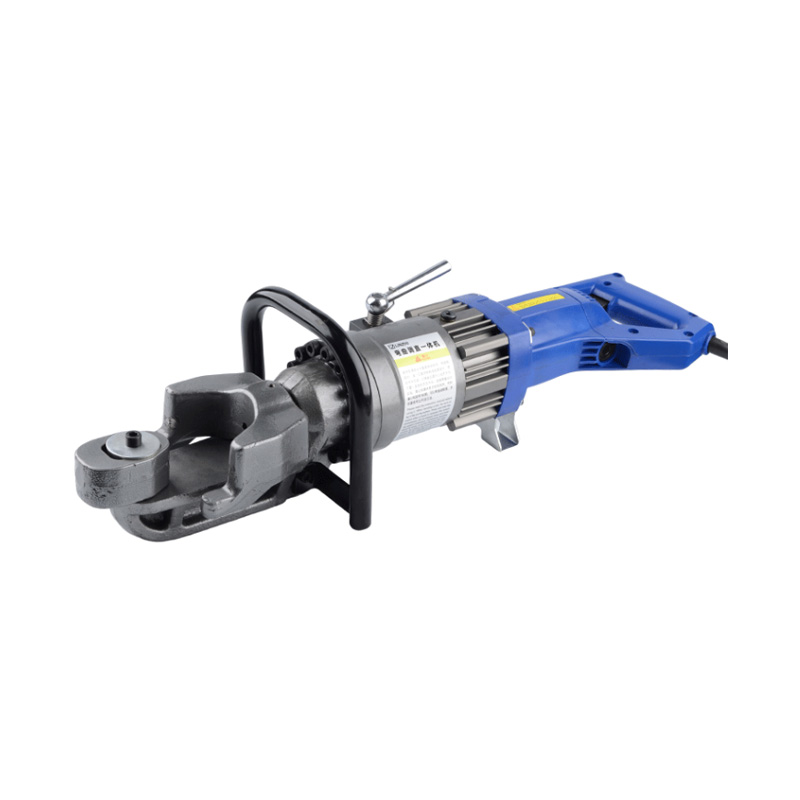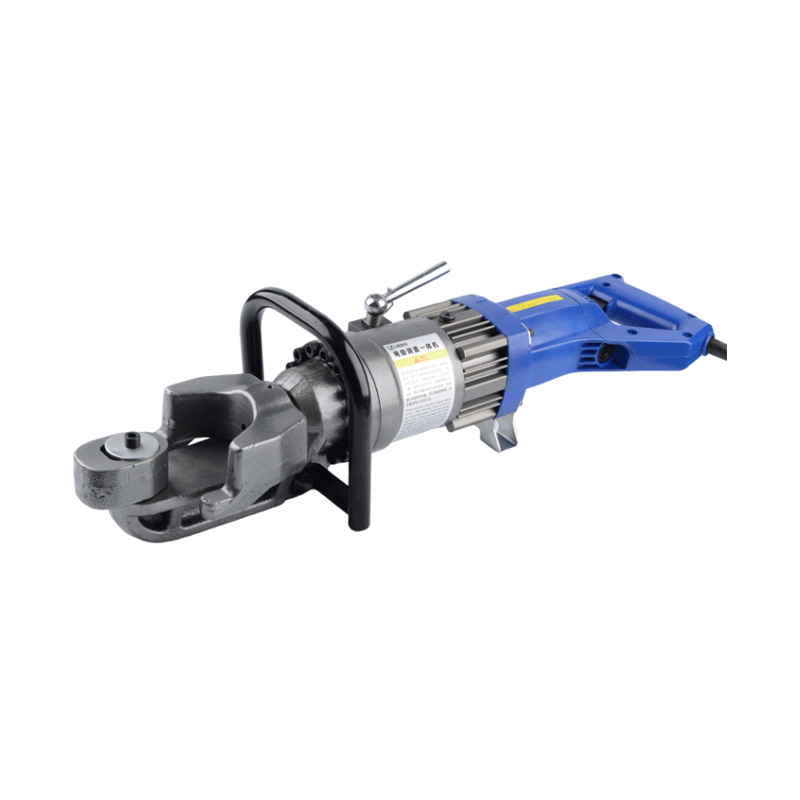OEM Wholesale Angle Bar Cutter Company Producer in China
Angle bar cutters are an essential tool in the metalworking industry, known for their ability to cut and shape metal bars with precision. These cutters are not just tools; they are the craftsmen's companions, aiding in the creation of everything from structural supports to intricate decorative pieces.
Angle bar cutters are designed to handle a variety of tasks, from cutting through thick steel beams to making precise notches in delicate aluminum profiles. Their versatility is a result of several factors:
Material Compatibility: Cutters are designed to work with a range of materials, including but not limited to steel, aluminum, and stainless steel. This adaptability allows them to be used in a wide array of industries.
Cutting Mechanisms: The cutting mechanism can vary from manual to fully automated, with some models featuring hydraulic or pneumatic systems for increased cutting force and precision.
Safety Features: Modern angle bar cutters are equipped with safety features such as emergency stop buttons, blade guards, and load indicators to ensure the safety of the operator.
The applications of angle bar cutters are as diverse as the industries they serve:
Construction: In construction, they are used to cut and shape rebar and other structural supports.
Automotive: In the automotive industry, they are used for cutting and shaping metal parts for vehicle frames and other components.
Manufacturing: In manufacturing, they are indispensable for cutting and shaping metal parts for machinery and equipment.
Art and Design: For artists and designers, angle bar cutters provide the precision needed to create intricate metal sculptures and designs.
Selecting the appropriate angle bar cutter involves several considerations:
Material Type: The type of material to be cut will determine the type of cutter needed. Some cutters are designed for softer metals like aluminum, while others are built for harder materials like steel.
Cutting Capacity: The thickness and width of the material will dictate the cutting capacity of the cutter.
Portability: Some cutters are designed for portability, making them ideal for on-site work, while others are stationary and better suited for workshop use.
Ease of Use: The complexity of the cutting job will influence the ease of use. Some cutters are designed for simple, straightforward cuts, while others offer more intricate cutting options.
Proper maintenance is crucial for the longevity and performance of angle bar cutters:
Regular Inspection: Regularly inspect the cutter for any signs of wear or damage.
Cleaning: Keep the cutter clean to prevent rust and other forms of corrosion.
Lubrication: Regularly lubricate moving parts to ensure smooth operation.
Storage: Store the cutter in a dry, protected area when not in use.
As technology advances, so too do the capabilities of angle bar cutters. Future developments may include:
Increased Automation: More automated systems could higher precision and efficiency.
Improved Materials: The use of advanced materials could result in longer-lasting, more durable cutters.
Ergonomic Design: Future designs may focus on ergonomics, making the cutters more comfortable and easier to use.
Sustainability: There is a growing emphasis on sustainability, which could the development of more environmentally friendly cutters.
In conclusion, angle bar cutters are a vital component of the metalworking industry, offering a range of benefits from precision cutting to increased efficiency.

 English
English 中文简体
中文简体 русский
русский GET A QUOTE
GET A QUOTE